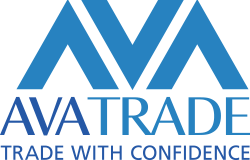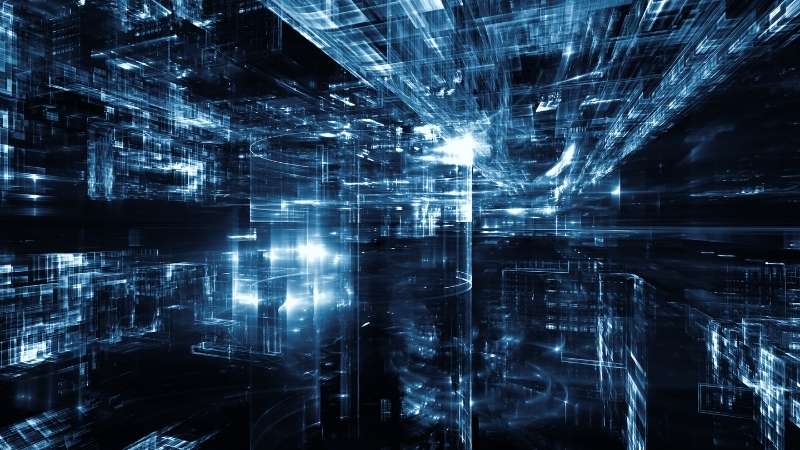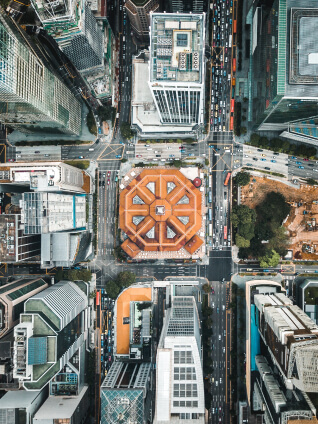The main advantages of managed accounts
First, currency trading can be a high-risk venture, and while it is possible to make large profits, the reverse is also true. The risks (and the potential rewards) are magnified by the use of leverage, where a trader puts up a small amount of money to buy a very large amount of currency (with the broker lending the trader the difference). Used correctly, leverage is a very useful tool, but in the hands of the unwary, it can prove deadly. So, unless you can dedicate considerable time and effort to learning how to trade forex successfully, it makes sense to use a managed account.
Second, as well as offering greater potential rewards (and, of course, risks) than other investments, forex can help to diversify your portfolio, so you are not just reliant on the performance of traditional financial markets such as stocks and bonds.
A third advantage is that the manager is only rewarded when they deliver a profit.
The main types of managed accounts
PAMM accounts
Percentage allocation management module (also known as percentage allocation money management, or PAMM) accounts are the most commonly available managed accounts in the forex market. They allow investors to benefit from fluctuations in forex markets without having to trade themselves. You invest your funds in the accounts of professional traders, who receive a percentage of the profits they earn from trading your money. The traders can manage multiple PAMM accounts on a broker’s platform.
Critically, PAMM accounts are relatively simple, with each investor allocated a set amount of any profits or losses related to their investment. Imagine a PAMM account of US$1m that has four investors: A has invested US$0.5m, B has invested US$0.3m and the remaining two investors, C and D, have each invested US$100,000. Investor A has a 50% share in the account, B has 30%, and C and D have 10% each. Trades (and any profits or losses) are allocated proportionally to each investor’s balance.
MAM accounts
MAM stands for Multi-Account-Manager. Like PAMM accounts, MAM accounts allow managers to trade on behalf of multiple clients for a commission or percentage of any profits. This allows money managers to execute block trades for multiple clients at the same time, and easily manage risk from one account.
MAM accounts differ from other types of managed accounts in that they allow investors to follow several different trader accounts and diversify their trading capital by allocating different percentages to different traders. Each investor can select the amount of risk he wants to take and the leverage he wants to have on his account. Investors can therefore tailor their risk to the level they feel comfortable taking.
RAMM accounts
A relatively new type of account, Risk Allocation & Money Management (or RAMM) accounts incorporate the best features of PAMM accounts while giving investors greater control over their investments.
Investors earn income by following the strategies of experienced traders and copying their trades. Indeed, RAMM is also known as copy trading. The professional traders, in turn, earn a commission on any profits generated for investors.
RAMM accounts tend to be most suitable for more experienced investors.
Differences between PAMM, MAM and RAMM accounts
The biggest advantage of the PAMM is that profits and losses are allocated proportionally, according to the investor balances in the account. All investor balances are copied to a master account. Then, when the manager or master executes a trade, it is allocated instantly and proportionally to investor accounts at exactly the same prices as on the master account – something that is not guaranteed in MAM or RAMM accounts. Money managers in PAMMs are usually rewarded by charging so-called management and incentive fees. Management fees are charged from investor balances (usually on a monthly basis), while incentive fees are strictly dependent on the profits obtained by the money manager.
A key difference with MAM accounts is that the allocation of trades between master and investor accounts can be made other than proportionally. Each investor can select the risk they want to take by varying factors such as leverage and trade size. MAM accounts are thus more suitable for more experienced forex investors, while PAMM accounts are best for beginners.
The main difference and advantage for an investor using RAMM or copy trading instead of a PAMM or MAM account is that trading takes place in their own account; they do not have to deposit money in their manager’s account. This gives them complete control over their money and means they may be eligible for additional bonus programmes, such as cashback and rebates.
The main features of PAMM Forex brokers
Forex PAMM brokers are companies that, in addition to direct trading, allow traders to invest in other traders.
The role of the broker is to provide a secure, reliable platform that allows money managers and investors to interact. You should be able to review the published strategies of various managers, as well as their experience, performance history, amount of money managed, commission levels and investor reviews, so that you are well-placed to choose the manager that best suits your needs.
The systems of modern forex PAMM brokers are automated, so that an investor can simply select a manager and invest with them. The system independently and automatically distributes the investor’s money and any profits or losses.
When choosing a broker, you should take into account factors, such as how well-regulated they are. The best regulators include the likes of the UK’s Financial Conduct Authority (FCA), the European Union’s European Securities and Markets Authority (ESMA), and the Australian Securities and Investments Commission (ASIC).
You should also consider how long the broker has been established: the longer, the better.
Forex brokers will require a minimum deposit for a PAMM account. It is best for a beginner not to choose one with a minimum deposit of more than US$500, as it is not wise to risk too much money when starting in the forex market.
Overall, it is best to choose a well-established broker that is licensed by a well-respected authority, offers a wide variety of trading instruments, has responsive 24-hour support, and can deal with you in your own language.
You should also check that your broker has the ability to process deposits and withdrawals quickly, i.e. within 2 to 3 days.
While choosing a good broker is important, you should remember that it does not mitigate the inherent risk of investing in the forex market via a PAMM, MAM or RAMM account. Success or failure will depend on the abilities of the account manager or managers that you select. They may be subject to human error or simply the vagaries of the market. The FX market, like all financial markets, does not always behave as expected.
Pay attention to those managers who use stop-losses. If there is no limit on the level of loss, there is a risk of losing the entire deposit in one deal, even when investing in PAMMs. It is better to forget about using martingales altogether. (Martingale is the name given to a strategy of increasing transaction volumes in the hope of covering previous losses.)































